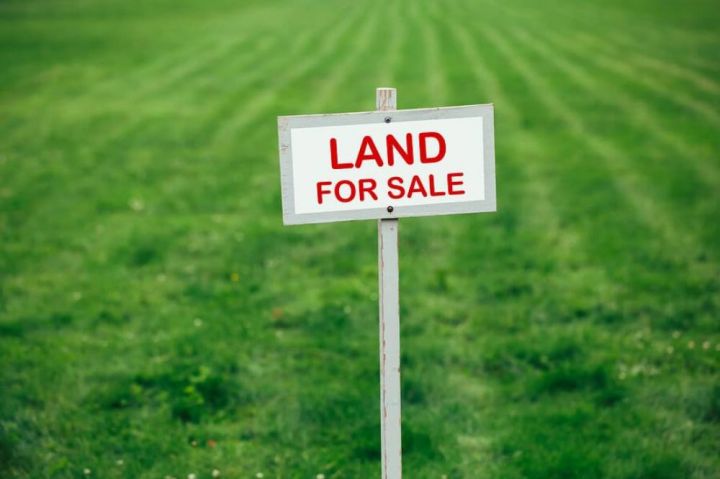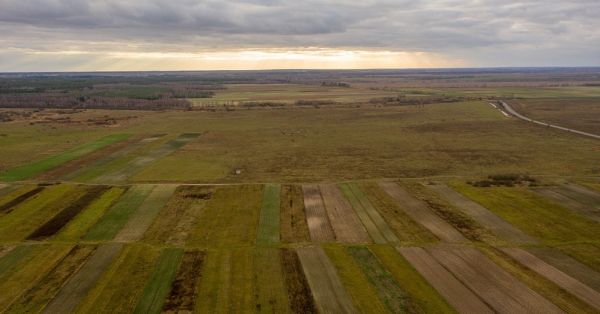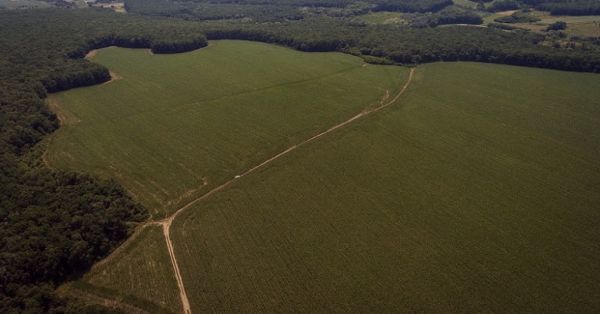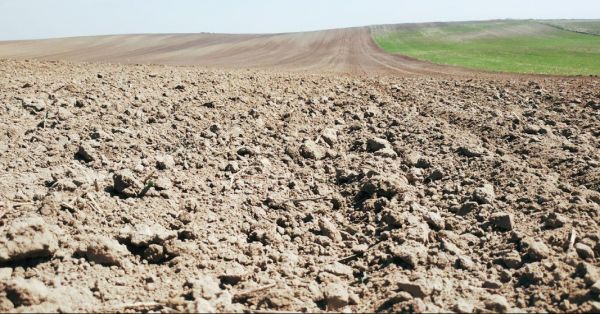Factors That Form Farmland Prices in Ukraine
Panoramic windows, private territory, underground parking, playground, close to forest/lake/subway/TEC/kindergarten/school (underline) — this is how advertisements for the sale of residential real estate usually sound. Starting from July 1, 2020, after the moratorium on farmland sale is lifted, many people will think about the way they will put on the market their agricultural land plots? What land properties will add to its value? Let's try to sort it out.
The value of land will be primarily determined by those features that are directly related to its intended purpose — Commercial Agriculture (Farming).

Qualitative indicators of land, bearing directly on yield
- Soil quality
According to the USDA(The United States Department of Agriculture (USDA)), soil quality is the functional suitability of the soil for a particular type of land use. This characteristic is variable for different soils. Indicators such as organic matter content, salinity, slope gradient, compaction, available nutrients and rooting depth help assess the condition and health of the soil, thus its quality parameters.
- Crop rotation
Crop rotation is science-based successive cultivation of crops. Crop rotation (history of crop rotation) on a land plot is the correct replacement of one set of plants by another. As a rule, it should take four years. Incorrect crop rotation has a negative impact on soil quality. For example, planting a crop such as a sunflower on a land plot more than once in five years causes excessive loss of nutrients, imbalance of moisture and soil erosion (destruction).
- Humidity level in the region of land plot location
As this year's crop production shows, the level of precipitation is crucial to the effectiveness of commercial agricultural production in our country. Average annual precipitation decreases from west and north-west to south-east and south from 650-600 mm to 300 mm. Accordingly, with climate change, the prospects for agricultural land will shift in the opposite direction — from the south-east and south to the west and north-west. But, despite the quality of the soil cover, this shift will be limited by the climatic zone of the forest-steppe in the north.
Location peculiarities
- Logistic proximity to a buyer's warehouse facilities and availability of motor transport routes
For agriculture to be profitable, it is necessary not only to ensure production but also to set up the sales network. Usually, logistics costs account for about 10% of crop production costs, so logistics capabilities to move the crop are fairly important.
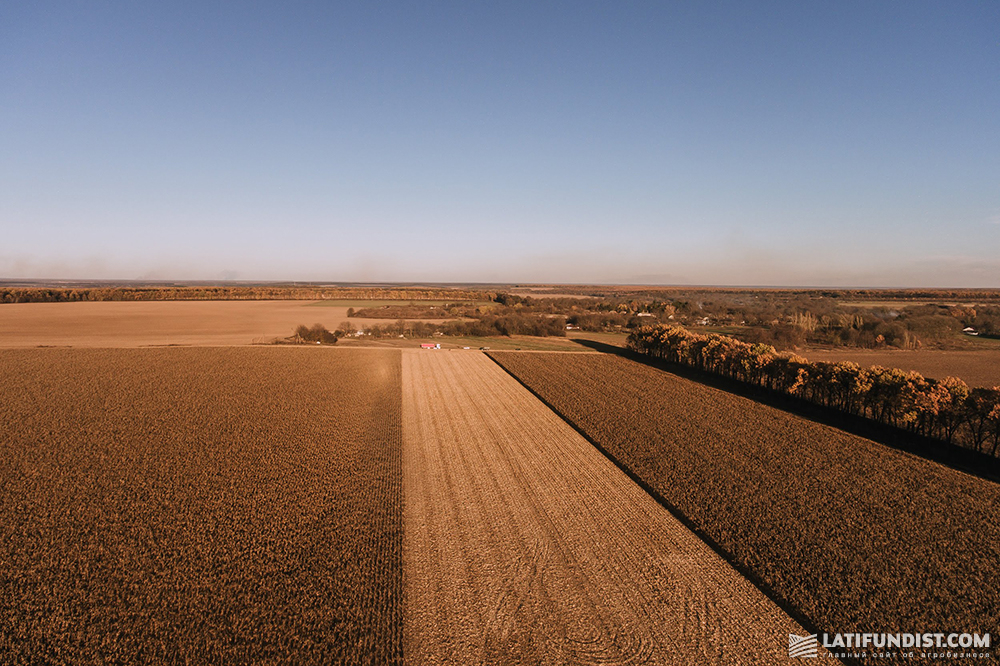
- Presence/absence of objects causing inconveniences for technological operations on a land plot
Such "unpleasant bonuses" include power transmission lines, gas pipelines, lands bearing historical and cultural value, etc.
Naturally, the aforementioned will influence the buyer's decision, especially if the one is an agriproducer. If a land plot is acquired for subsequent lease, of course, other factors will have an impact on its value.
- Land user (leaseholder) reliability
Such buyer will primarily give preference to land plots that are in the use of a reliable leaseholder or can be transferred to him for use. Land plots used by private companies with large land banks will always be advantageous in this case. A buyer of such land will have a higher level of confidence in the long-term reliability of the lease and contractual relations compared to a small user.
- Rent
If the above-described factors affect the very decision whether to buy land, the rent will have a direct impact on the formation of the price of the land plot. From the practical analysis of the completed transactions on purchase and sale of agricultural land not subject to the moratorium, one can conclude that the value of the land plot varies within 7-10 annual rent payments. Although a valuation expert is unlikely to use such categories officially when drawing up a land plot valuation report.
- Option to receive bonuses for extending a lease agreement
Quite often agrarians practise motivating the owner of a land plot to contract, renegotiate or extend land lease agreements. Most often it is about UAH 10 thou. (USD 360) for extension of the land lease agreement for 10 years. Such motivation has a rather positive effect on the price of the land plot — up to 10% of its value.
These are the key factors determining the value of agricultural land. If you plan to sell or buy land shares, you should consider these parameters in your estimates.
Vladimir Nagorny, Head of the Land Policy and Property Relations Department at MHP


